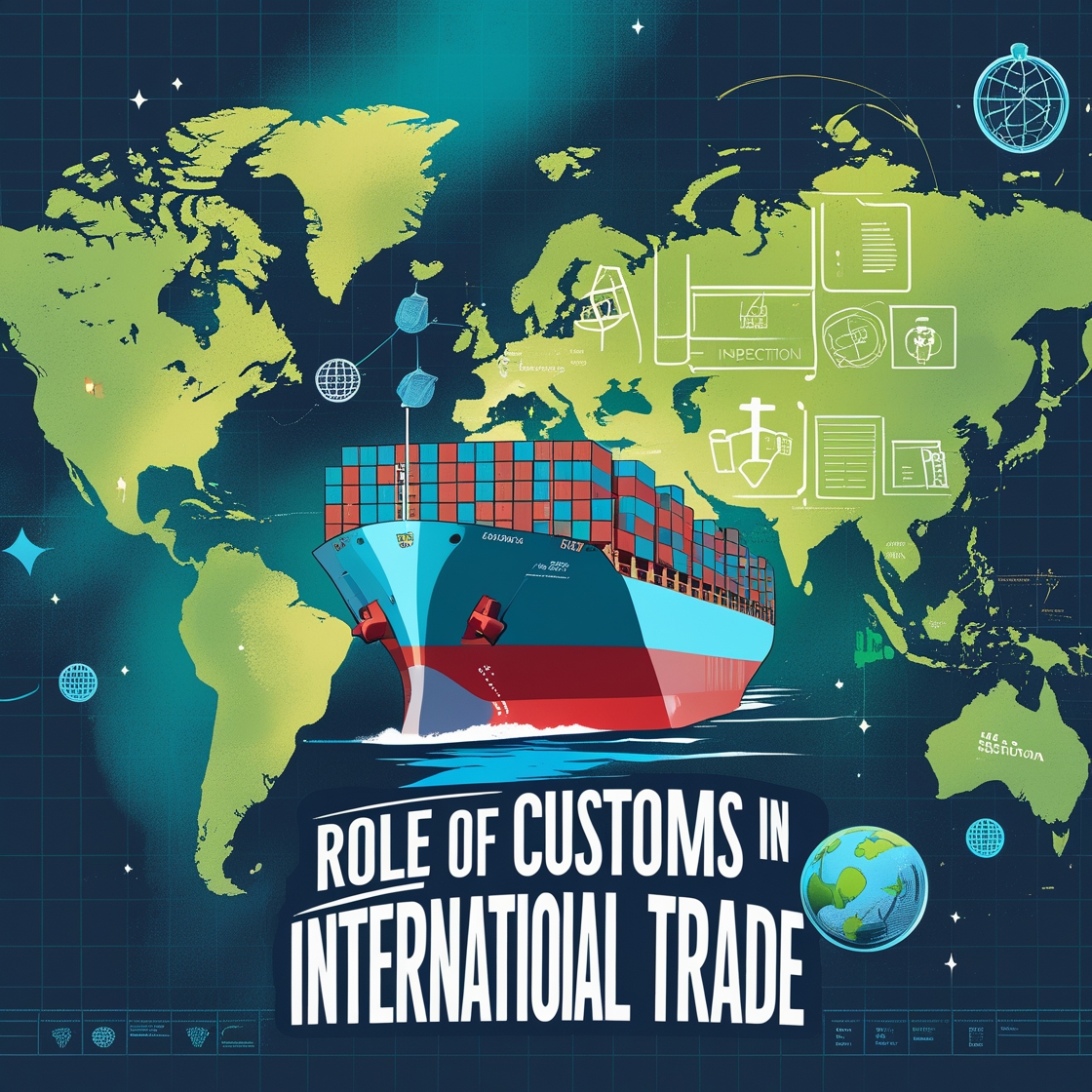Politics shapes the policies implemented in every aspect of world affairs. Global economy and international trade are no strangers to the purview of politics. In this case, Geopolitics impact on global trade to the point that it can change the pattern of trade. Cross-border goods and services exchanges don’t happen in an empty space. The playing field is geopolitics, which sets the course of trade with agreements. The top players set the trade routes to exert their dominance. Here, we will discuss in detail how geopolitics affect global trade patterns.
Geopolitics impact on global trade Agreements and Alliances
There are various kinds of agreements between nations for the development of various sectors. Among the wide array of agreements, defense and economic agreements take the cake. Trade and economic agreements are widely adopted by nations around the world. As a result nations in different corners of the world have come closer for cooperation. This, in turn, benefits all the countries involved.
Geopolitics influences global trade as countries with strong diplomatic ties create a bond between them through collaboration on boosting economic growth. Initially, in 1993, there were only 12 countries in the European Union, which later turned into 27 members. There is also an exclusive economic agreement for the European nations, which is the European Economic Area, following the footsteps of the EU later in 1994, currently having 30 member states. The EU and EEA have enabled open markets, making it easier for member states to conduct business efficiently. This has boosted the European economy by a huge margin. In 2023, intra-EU trade was almost 60% of total EU trade. A similar picture is seen in NAFTA, later becoming the USMCA agreement, bringing the North and Middle America closer economically.
On the contrary, tension between countries can lead to trade wars and economic sanctions. A country’s economy can suffer greatly through the isolation process. The trade war between the US and China beginning in 2018 has seen the imposition of tariffs on more than $450 billion worth of goods. This has negatively impacted the market and the consumers. Peterson Institute for International Economics revealed that, on average, the tariffs on Chinese imports rose from 3% to almost 20%.
Vulnerable Supply Chain in Times of Tension
The supply chain is heavily dependent on the stability of the nations related to the trade routes. As modern supply chains and trade routes are heavily interconnected, disruption in one place can send a rippling effect through the entire network. This will halt the flow of goods and increase the cost while causing delays.
The Russia-Ukraine conflict has proved how fragile the global supply chain can be if there is no unison. War in Ukraine shot up the prices of food. Ukraine was one of the largest exporters of wheat, accounting for 7% of the total wheat supply globally. The conflict led to an increase in wheat production by almost 110% and vegetable oil by 140%. This was because production was in decline, and the cost of shipping went up by nearly 50%.
Another example is COVID-19, which brought the global economy to a halt as businesses took a break. As businesses closed down, the supply chain broke down. Consumers couldn’t get their goods as businesses couldn’t procure them. During the Covid-19, the automotive industry lost nearly 7.7 million units of production. This resulted in a loss of $210 billion in revenue.
Strategic Trade Diversification
In recent times, top economies have started to diversify their trade partners. They have created and are collaborating on establishing new trade routes. This is mainly to reduce dependency on a single bloc partner as it will shield the nation’s economy in the event of a fallout.
One stark example is China’s Belt and Road Initiative (BRI), which was first introduced in 2013. This plan involves connecting nearly 150 countries through infrastructure development to make trade easier. Ports, railways and highways are being built to increase capacity and be more efficient. Since its inception, China has invested nearly a trillion dollars in the initiative. China is doing this to secure new trade partners and businesses rather than relying on its largest market, the US.
Sanctions and Economic Isolation
Sanctions aim to isolate a country in terms of economic strength. Even though it seems like the targeted nations face hardship, sanctions have far-reaching impacts on the global economy. Sanctions can change the course of trade flow and trade partners.
With decades-long sanctions, China has become Iran’s top buyer for its crude oil. But due to the recent more strict sanctions its oil export to China has reduced by more than 25%. Sanctions in Russia have created volatility in the energy market. Russia is one of the key players in the energy market. The country used to supply nearly 55% of Germany’s total gas before the war. Due to the war and sanctions, gas prices have gone up more than 40%. It’s because of supply chain disruption, and countries couldn’t trade freely with Russia and had to rely on expensive LNG from the US and Gulf countries such as Qatar.
Geopolitics impact on global trade and influences the supply chain and access to technology. It also decides which nations are going to be business partners. As the globalized world becomes more polarized, more and more nations seek to diversify their trade systems. Through the formation of new alliances and agreements, countries hope to bypass the fallout of conflicts to keep the economy running like a well-oiled machine.


